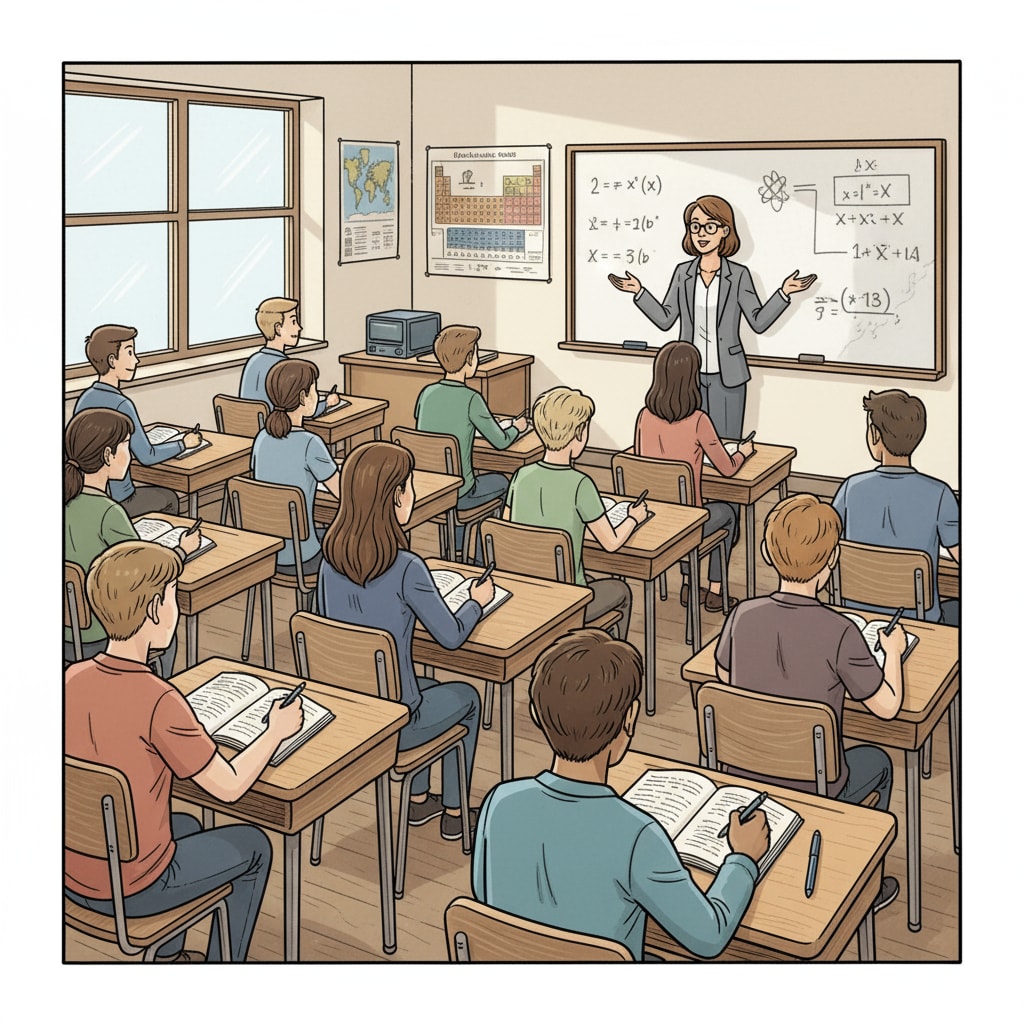When it comes to diploma choices, GED, and high school education, today’s teenagers have a plethora of options to consider. Obtaining a high school diploma is a crucial milestone that can significantly impact one’s future opportunities. In this article, we will explore different ways to earn a high school diploma, including traditional public high schools, GED tests, online high schools, and charter schools.

Traditional Public High Schools
Traditional public high schools are the most common choice for many students. These institutions offer a comprehensive curriculum that includes core subjects such as math, science, English, and social studies. In addition, they often provide a wide range of extracurricular activities, including sports, music, and art. One of the main advantages of traditional public high schools is the in-person interaction with teachers and peers. This face-to-face interaction can enhance the learning experience and help students develop important social skills. Learn more about public schools on Wikipedia

The GED Route
The General Educational Development (GED) test is an alternative way to obtain a high school equivalency diploma. It is designed for individuals who did not complete traditional high school. The GED test assesses skills in four areas: language arts, social studies, science, and mathematical reasoning. One of the biggest benefits of the GED is its flexibility. Students can study at their own pace and take the test when they feel ready. However, some may perceive the GED as less academically rigorous compared to a traditional high school diploma. Read about the GED on Britannica
Online high schools have gained popularity in recent years due to their flexibility. Students can complete their coursework from anywhere with an internet connection, allowing them to balance their studies with other commitments. These schools offer a variety of courses and often have interactive learning platforms. However, the lack of in-person interaction can be a drawback for some students, as it may be more challenging to build relationships with teachers and classmates.
Charter Schools
Charter schools are publicly funded but operate independently from traditional public school districts. They often have unique educational approaches and may focus on specific subjects or teaching methods. Charter schools can provide a more personalized learning experience for students. Some offer smaller class sizes, which can allow for more individualized attention. However, the quality of charter schools can vary, and not all may be a good fit for every student.
Readability guidance: As we’ve seen, each option for obtaining a high school diploma has its own set of advantages and disadvantages. When making a decision, students and parents should consider factors such as academic needs, learning style, and future goals. By carefully evaluating these options, individuals can make an informed choice that best suits their circumstances.


